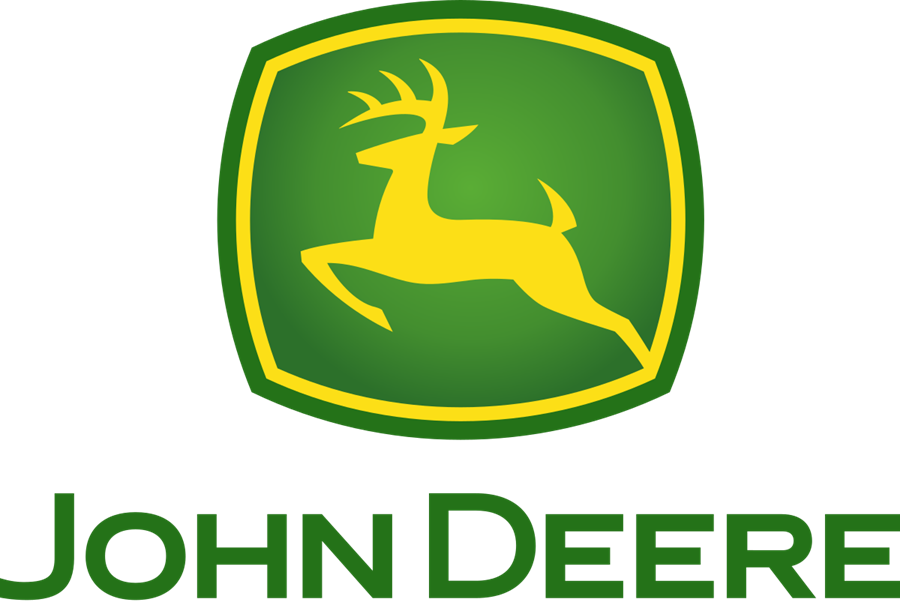
Wheeled Harvesters
You work hard, and so will our Wheeled Harvesters. Features such as Intelligent Boom Control (IBC) make it easier to maneuver the harvesting head for more precision and productivity. Whether you are thinning, regeneration harvesting, or working in demanding conditions like soft soils or steep slopes, there is a Deere six-wheel or eight-wheel harvester to fit your needs.
Request a QuoteExplore Wheeled Harvester Models
Features and Specifications
It's essential to consider the various features and specifications of the machine. Here are some key aspects to look for:

Power Train
Evaluate the power train components, including the engine and transmission. Consider horsepower, torque, and fuel efficiency to ensure the harvester has sufficient power for the intended tasks.

Leveling System
Look for a leveling system that allows the harvester to operate on uneven terrain while maintaining stability. This ensures safe and efficient operation in challenging environments.

Operator Station
Assess the design and comfort features of the operator station. Look for ergonomic controls, adjustable seating, good visibility, and noise/vibration reduction to enhance operator comfort and productivity.

Work Tools
Consider the availability and compatibility of various work tools and attachments. This includes options for cutting heads, grapples, saws, and other specialized tools needed for specific forestry tasks.

Machine Structure
Evaluate the overall structure and construction of the harvester. Look for a durable and reliable design that can withstand the rigors of forestry operations and ensure longevity.

Engine
Consider the engine specifications, such as horsepower and emissions compliance. Look for machines that provide sufficient power while meeting environmental regulations.

Fuel Tank Capacity
Assess the fuel tank capacity to ensure it meets your operational requirements and allows extended work periods without frequent refueling.

Structural Booms Drive Train
Evaluate the strength and durability of the structural components, booms, and drive train. This ensures the harvester can handle heavy loads and withstand the demands of forestry work.

Tires
Consider the tire type and tread pattern to ensure optimal traction and performance on various terrains.

Brakes
Assess the braking system to ensure reliable stopping power and safe operation in different conditions.

Hydraulic System
Evaluate the hydraulic system's capacity and efficiency, as it plays a critical role in operating the cutting head and other attachments.

Cab Control
Look for intuitive and user-friendly cab controls that allow for precise operation and accessible settings adjustment.

Weight
Consider the overall weight of the harvester, as it affects stability and the machine's ability to traverse different terrains.



